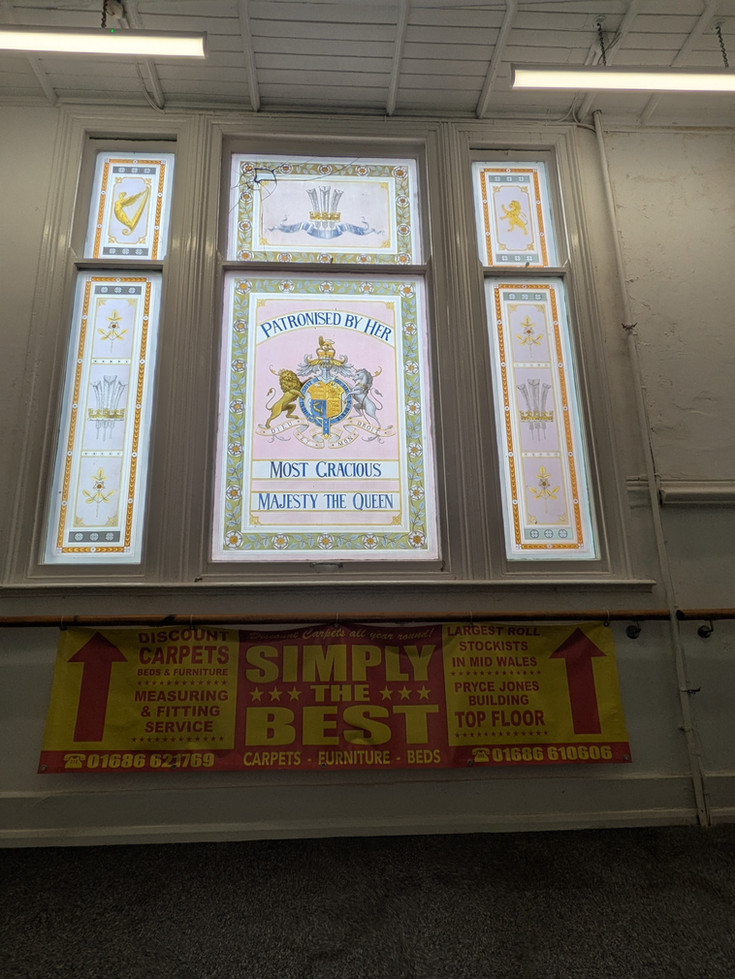Electric Cars and Mail Order: A Journey Through the Pryce Jones Warehouse
- Cambrian Railway Partnership

- Sep 4
- 2 min read

I finally caught up with Andrew Davies just a couple of weeks ago in a building I’ve walked past countless times but never entered: the Royal Welsh Warehouse, also known as the Pryce Jones building. Andrew, Business Development Manager at Robert Owen Community Banking, is spearheading a Low Carbon Transport initiative - a lease-to-buy finance solution for Electric Vehicles tailored to social businesses, social enterprises, and community organisations across Wales.
I admit, I got lost the moment I stepped inside. A kind lady pointed me to the lift and I found myself on the floor housing Andrew’s office. Signing into the visitors book, Andrew came out to greet me, made me a cup of tea, and we sat down to talk about his Low Carbon Transport initiative project.
Andrew explained how the initiative works: organisations can lease electric vehicles with the option to buy, making it easier to transition to low-emission transport without the upfront costs. He highlighted how this model helps reduce carbon footprints, improves access to modern EVs, and includes guidance for installing charging infrastructure. The initiative is designed to empower community groups to lead the way in sustainable transport, especially in rural areas where public transport options are limited.
We also discussed the broader implications of green transport, including the role of policy, funding, and community engagement in driving change.
After we wrapped up the meeting, Andrew gave me a guided tour of the building:



Ornate ironwork and high ceilings that reflect Victorian industrial grandeur
Googling it back at my desk led me to vintage photos of that very walkway - truly incredible to see how commerce once flowed through Newtown and people walked across the covered walkway.
Just across the road stands Newtown railway station, dating from the early 1900s. It was the lifeline for goods leaving this town, shipping Welsh products nationally and overseas. Seeing that carved train high above the warehouse walls reminded me how rail and water have shaped our local story - and how today’s green transport movement carries forward that legacy of connection onwards.


















Comments